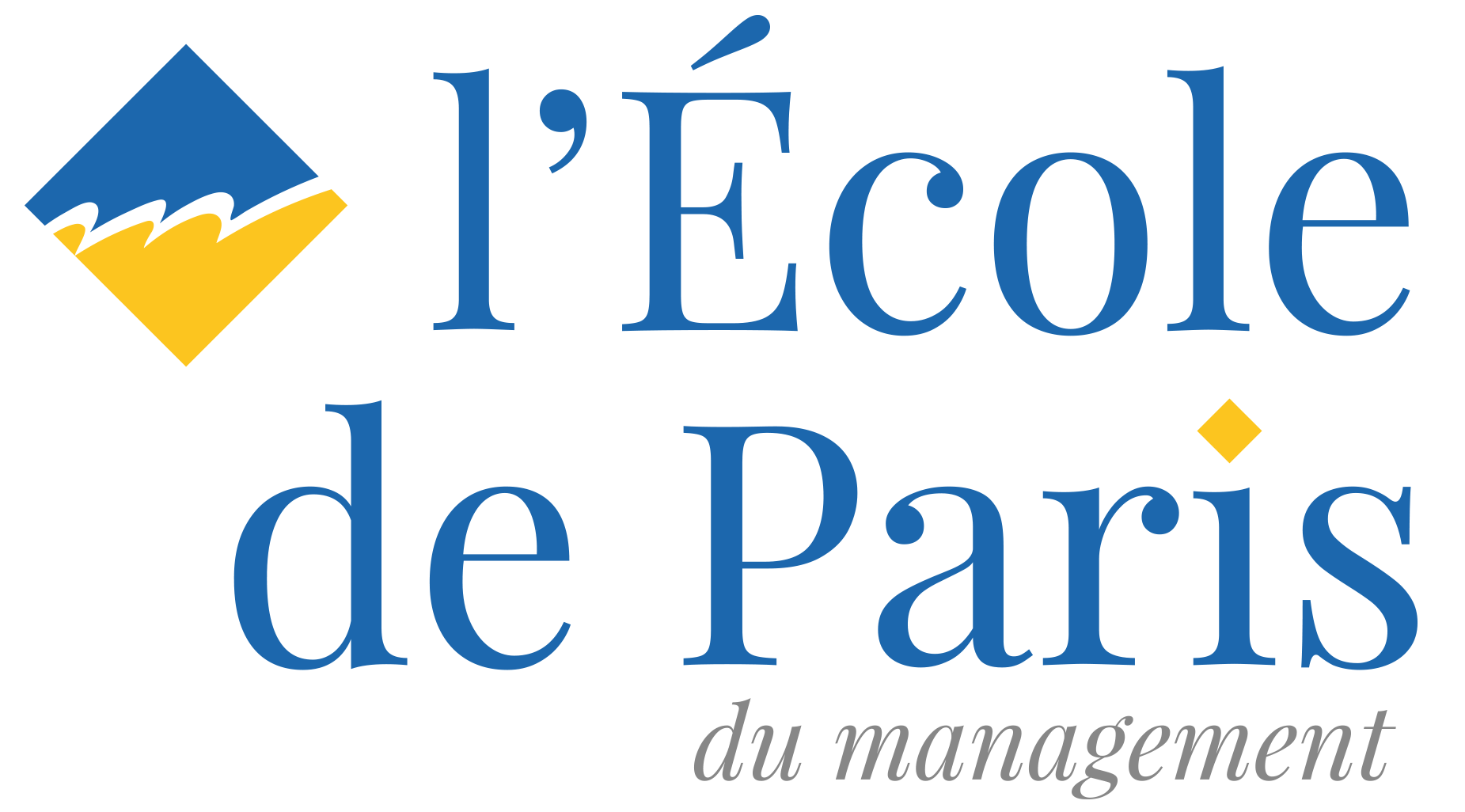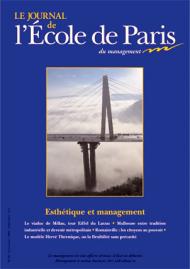Seminar Business life
|
Friday January 6, 2006
- 9h30 - 12h
How does one combine flexibility, which allows a company to react to rapid changes in the market, with job stability ? The traditional capitalist model which separates those who generate capital from the workers, works on the basis of job insecurity. This method is deemed to be acceptable in the United States, but unacceptable in France. The cooperative model favours job stability, sometimes to the detriment of flexibility, but it is not very widespread. Both the patrimonial model which is linked to a Fourierist tradition (a philosophy derived from a moral and social organisation system invented by Fourier), and the St-Simon tradition (a socio-economic doctrine) seem capable of coping with the challenge. The case of Hervé Thermique illustrates this. By basing oneself on the long-term vision of a sole shareholder, and by giving an important place to intrapreneurship and to a democracy founded on a well developed Intranet, the company had made sure for the past thirty years that it has regular development in a difficult sector, and with a small employee turnover. Is this a miracle recipe or a smokescreen ?
The entire article was written by:
Élisabeth BOURGUINAT
This session was published in issue n°60 of the Journal de l'École de Paris du management, entitled
Esthétique et management.



Written by vermeulen on 24/01/2021
Reply
C’est une entreprise "sans chef et sans ordres". Le Groupe Hervé est connu pour ses méthodes de management originales qui attirent journalistes et chercheurs. Mais au sein de l’entreprise "libérée", de curieuses méthodes de classement des salariés en "moutons, renards et dauphins" interrogent. https://www.franceinter.fr/le-groupe-herve-derriere-la-facade-de-l-entreprise-liberee-des-salaries-classes-et-sous-surveillance